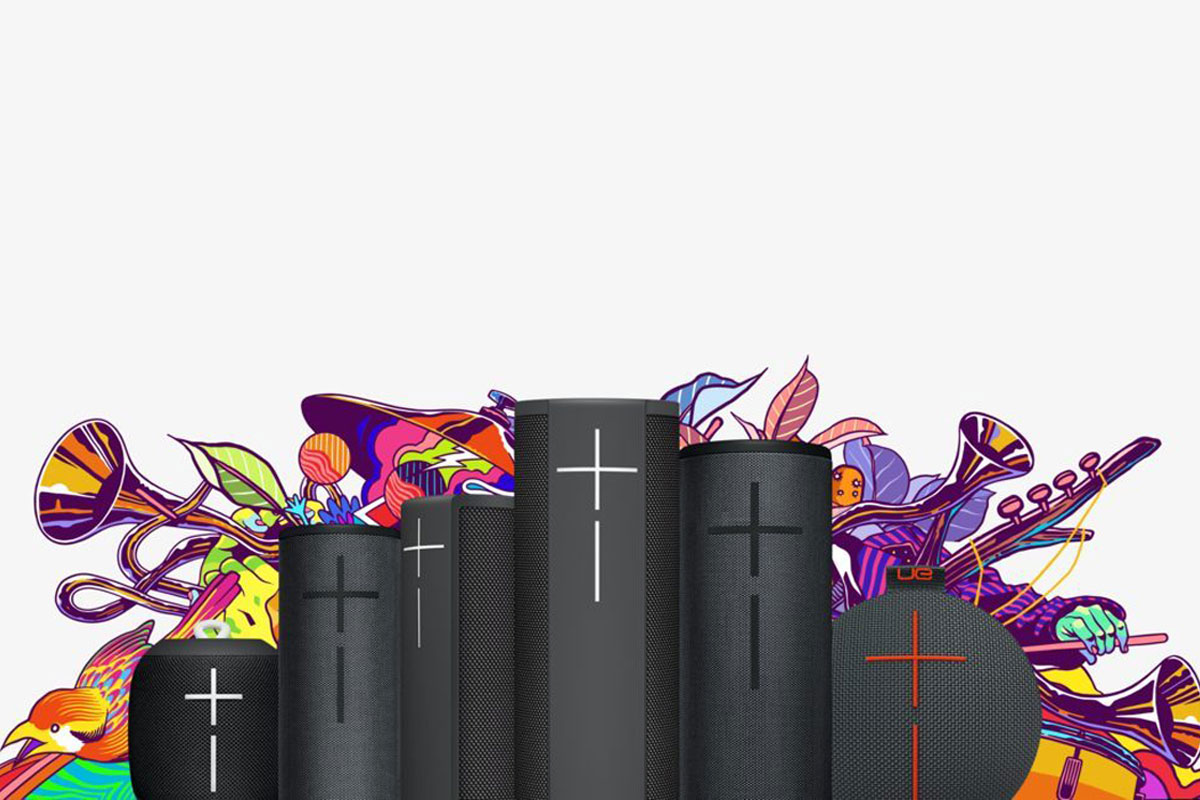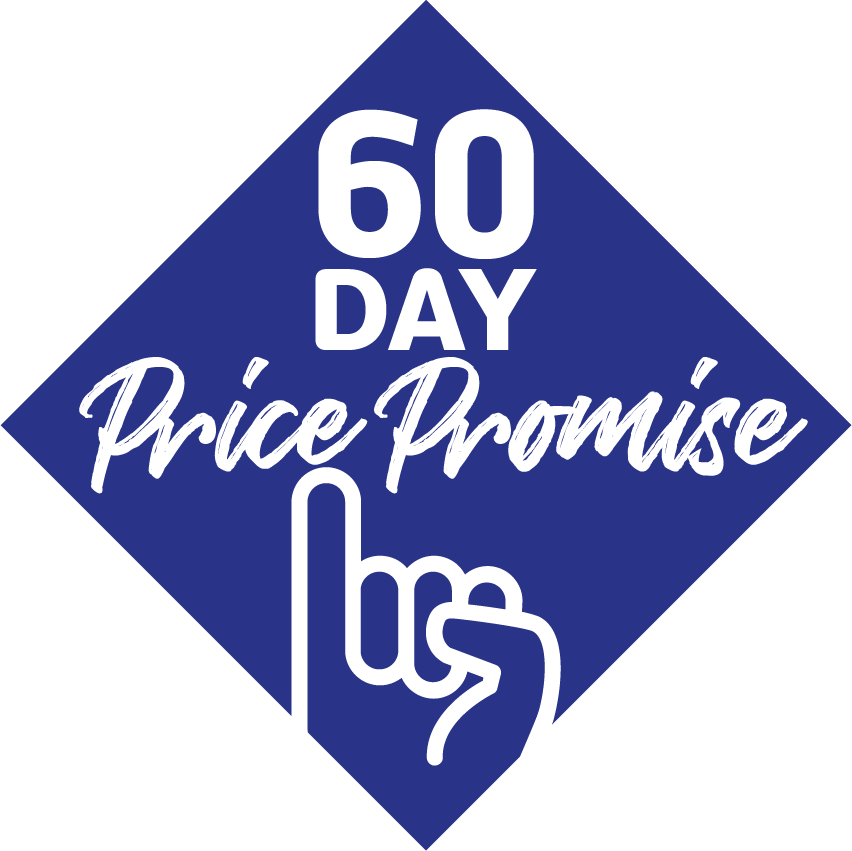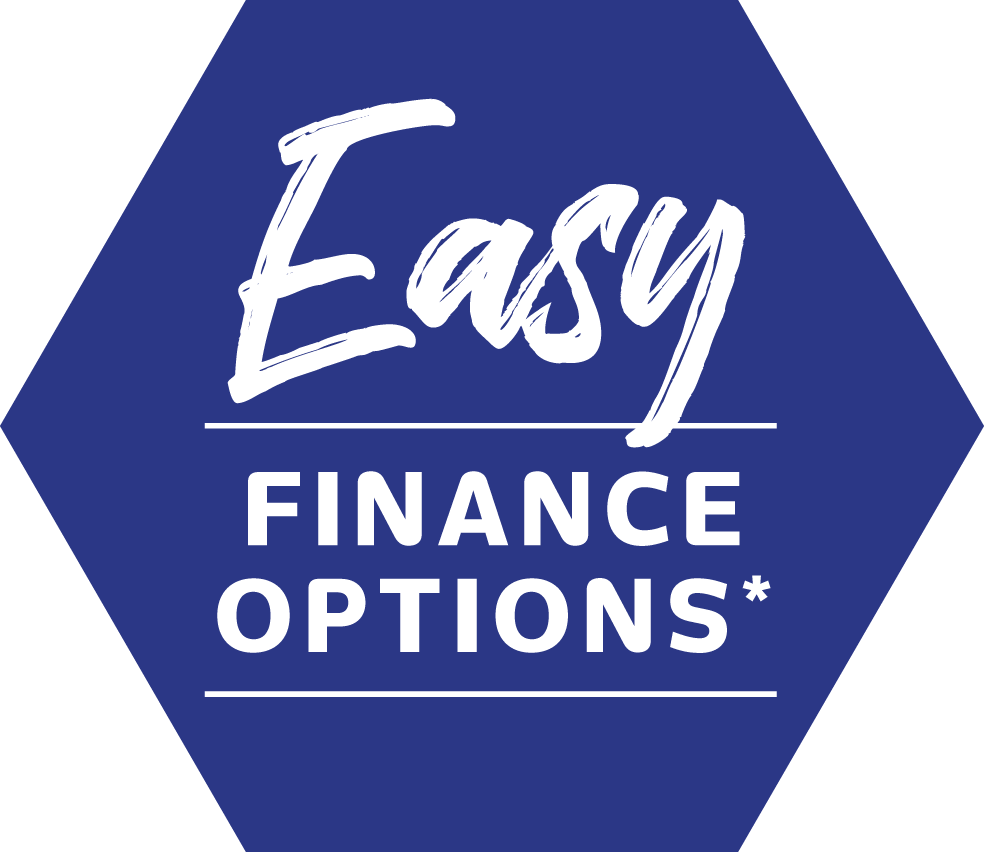

The Ultimate 2024 Dryer Buying Guide
A dryer is something that every busy modern household needs because it makes it so much quicker and easier to get your laundry done, especially in winter. Forget waiting for a sunny day, throw your clothes in any time to get them nice and dry while you get other things done around the house! What could be more convenient? Having a dryer in your home frees up more time for the things you love and today’s dryers come equipped with the technology to get the job done even quicker. With smart features like drying sensors and cycle programs available, you’ll never have to worry about a knit cardigan shrinking or colours running again! At Retravision, we have a great range of dryers on offer from some of the world's leading brands, but we know with so many options available it can be difficult to choose - that’s why we’ve created this helpful and informative dryer buying guide to help you decide.
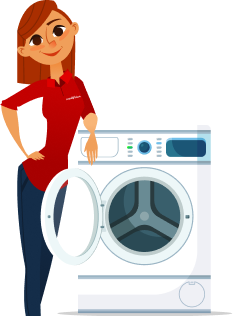
Tips on your dryer
Narrow down your options and find the perfect dryer for your household with all the best tips and advice from Retravision.
Types of dryers
Buying the perfect dryer starts with choosing the best type for your household. Do you need an affordable vented dryer? An energy efficient heat pump dryer? Or maybe you need a condenser dryer for a space with minimal ventilation? At Retravision you’ll find a huge range of dryers from leading brands like Asko, Beko, Miele, Bosch, Electrolux, Fisher & Paykel, Haier, LG, Samsung, AEG, Westinghouse & more! To choose the right option for your needs, check out our breakdown of the different types of dryers you’ll find at Retravision below.
Heat Pump Dryers
Heat pump dryers are usually the most energy efficient type of dryer that you can buy - they’re also great for smaller laundries and apartments because they don’t require ventilation. Heat pump dryers work in a similar way to condenser dryers. They pass hot air over your clothing and collect moisture in a condenser, the air is then recycled to continue drying the clothes. Heat pump dryers operate at much lower temperatures than a typical condenser dryer so they’re far gentler on your clothes, but they also tend to have higher running times.
Shop our Range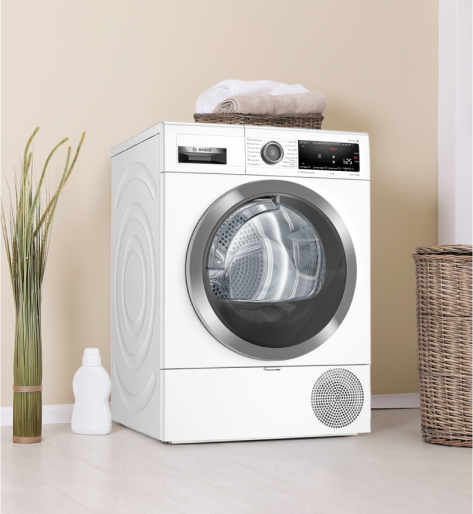
Top Heat Pump Dryers
Vented Dryers
Vented dryers are the dryers that you’re likely to be most familiar with. They dry your wet clothes by blowing hot air onto them and evaporating the water off of them. The hot air from the dryer is then expelled into the air outside of the dryer through vented ducts. They typically need to be set up in a well ventilated room because they expel moisture which can cause mold and mildew build-up in confined spaces. Vented dryers tend to be the most affordable option for buyers and they will dry your clothes quickly and economically, however they tend to be less energy efficient than heat pump dryers and not the best option for knitted wear or fabrics likely to shrink.
Shop Our Range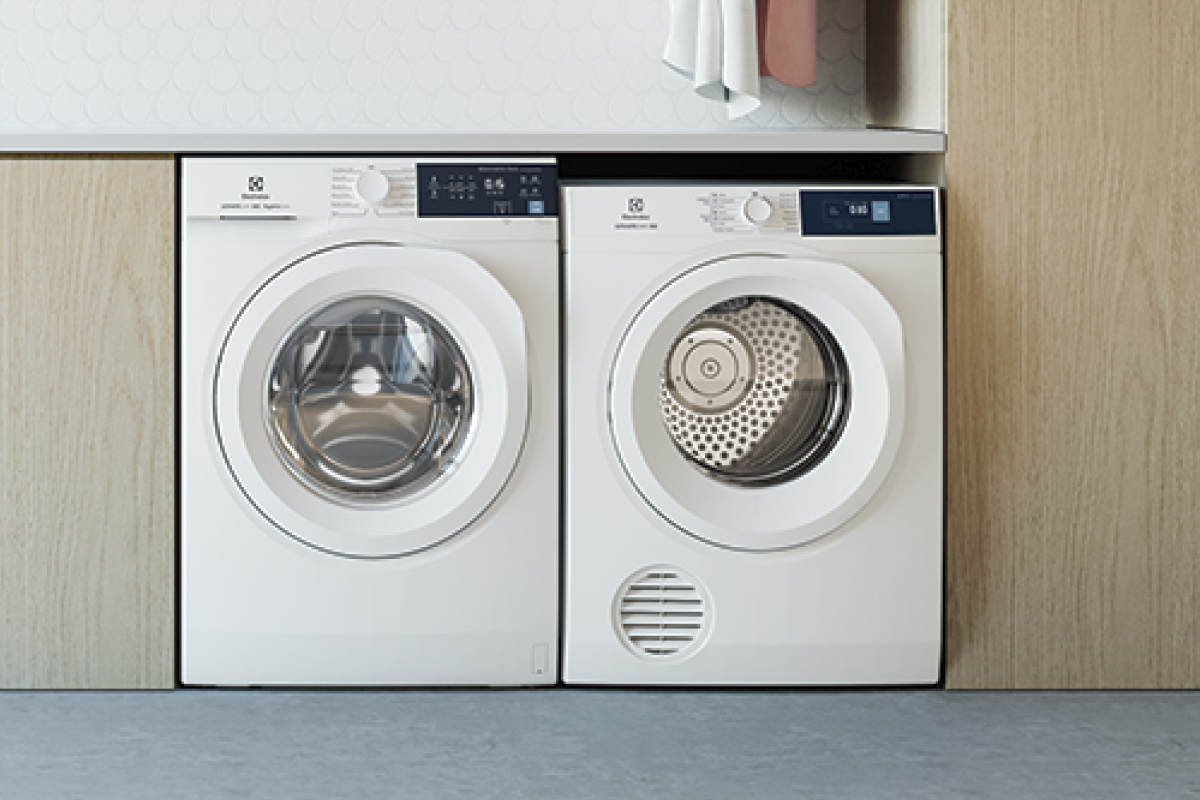
Top Vented Dryers
Dryer Cabinets
Drying cupboards are the perfect solution for busy households. Designed to be integrated into your laundry space, clothes drying cabinets are a sophisticated solution for drying and hanging clothes that require more care. Drying closets provide more vertical space, so they’re ideal for gently drying and sanitising clothes to prevent wrinkles. Most drying cabinets offer a range of settings so they can do everything from drying your rain soaked clothes to drying and deodorising your work shirt for the next morning.
Shop Our Range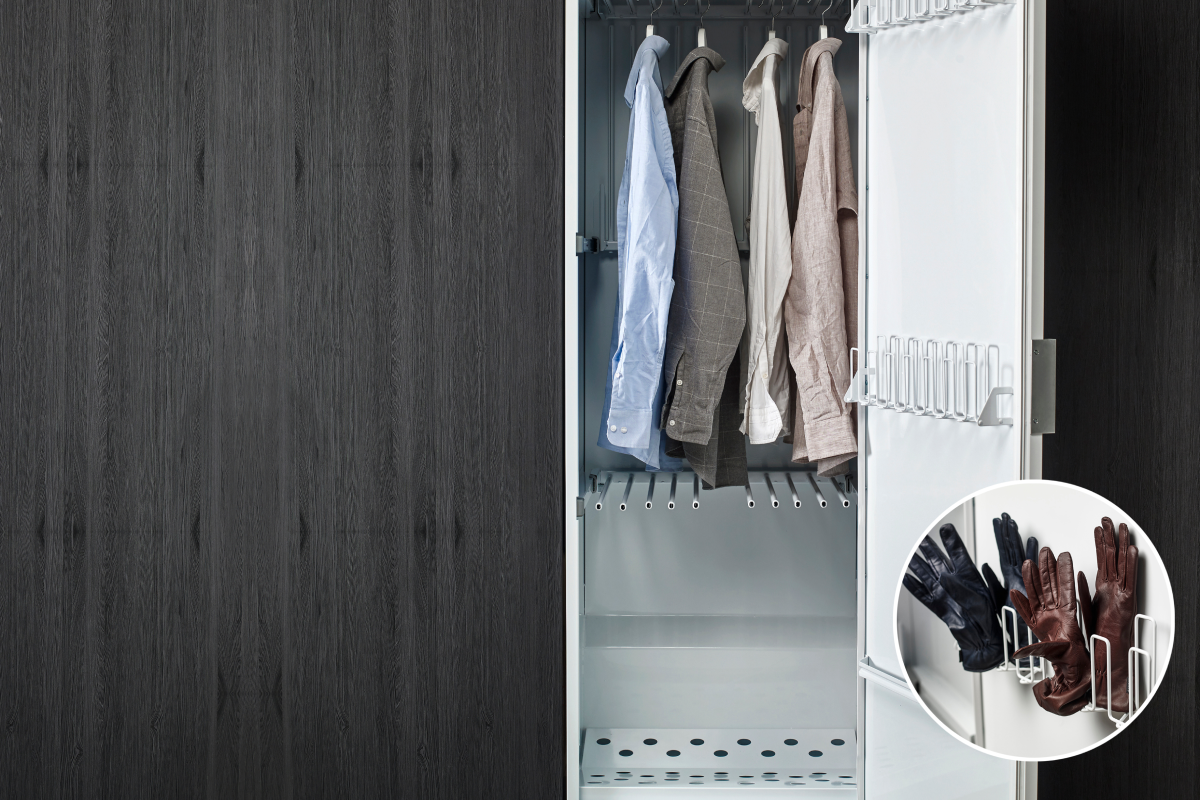
Top Dryer Cabinets
What to consider
When choosing the perfect dryer, there are a few other things you should consider:
Size
It’s important to consider whether or not a dryer is going to fit comfortably within your laundry space, especially if you’re planning to place it in a smaller laundry cupboard or stack it on top of a washer. Before you buy one, make sure you measure out your space carefully - you’ll need to leave space to open up the door and you’ll want to think about ventilation and any cables or hook-ups that might come attached to your dryer.
Capacity
You will also need to think about the actual capacity of your dryer. How many kilos will you be able to fit in with each load? Larger capacity drums will get more of your washing done, but they also require more energy to run - so it’s important to get a dryer that isn’t larger than you need it to be!
Generally for 1-2 people you’ll want a 4-6.5kg dryer, for 3-4 people a 7kg-8.5kg dryer and for 5+ person households you will need a dryer with a capacity of 9kg or more.
Energy efficiency
Clothes dryers can be big energy consumers compared to other appliances, so it’s important to take energy efficiency into account when choosing one. Dryers with higher energy efficiency ratings are better for the environment and your household budget but they can cost more at the time of purchase initially. Heat pump dryers can cost more and usually take more time to dry a load, but you’re likely to save a lot of money on your power bills over time. If you want to maximise energy efficiency and minimise electricity costs, you may want to consider looking for a driver with a timer delay option available so that you can set your dryer to run during off-peak hours.
Load times
Different Dryers will dry at different rates. Variables like the type of dryers you choose, drum capacity, how much you fill it and the materials you’re drying will impact on load time. If you need a dryers that will finish a load quickly, look for special features like dryers with quick dry cycles.
Cycle programs
What type of drying do you need to do on a regular basis? Dryers come with different drying programs and features. Some dryers for instance may have cycles that are ideal for anti-wrinkling or for washing delicates, whilst others may have options like steam cycles or eco-cycles to help you save on your energy bill.
FAQs
Which type of dryer is best?
The best type of dryer for you depends on your laundry space and your household needs. If there's limited ventilation in your laundry, we recommend choosing a condenser dryer or heat pump dryer over a vented dryer. If price is your primary concern, a vented dryer is a great cost-effective choice. However, if you’d like to save on your energy bills or have more delicate fabric clothing then we’d suggest making a heat pump dryer your number one choice.
Do dryers shrink clothes?
Dryer can cause shrinkage because they use heat to dry your clothes. If you want to avoid shrinking certain fabrics, look for dryers that dry at cooler temperatures like heat pump dryers or clothes dryers with specific cycle programs to suit different types of fabric.
Are clothes dryers safe?
Dryer are carefully tested to ensure that they don’t pose a threat to your safety, but they can pose a hazard if you don’t follow the manufacturer's instructions. When choosing a dryer, make sure you take the time to properly consider ventilation and ensure that you set them up in a place where they can’t be reached by children and pets. It’s also important to keep them away from flammable items.
Are dryers expensive to buy and run?
Dryer can vary considerably in price, from just a few hundred dollars to several thousand. The upfront cost of your dryer will depend on a few factors like the type, brand, capacity and features of your dryer. Vented dryers are usually the least expensive type of dryer to buy while heat pump dryers tend to be the most expensive. A dryer with a larger capacity will cost you more than a small dryer. Operating a clothes dryer will add to your electricity bill, but they don’t need to be expensive. Generally, traditional vented dryers are the biggest energy user and you can expect to spend anywhere from $76.80 to $534.92 on running one each year, while a condenser dryer will cost between $50.91 and $350.91 a year to run (source: www.canstar.com.au - 30/05/2022). Higher energy efficiency ratings typically equate to a lower cost per load. To save on running costs, it’s a good idea to use your dryer's programming delay settings to take advantage of off-peak hours to save on your electricity bill. Some dryers also come with eco settings which can help you save on the cost of running a dryer.
View Similar Guides Below
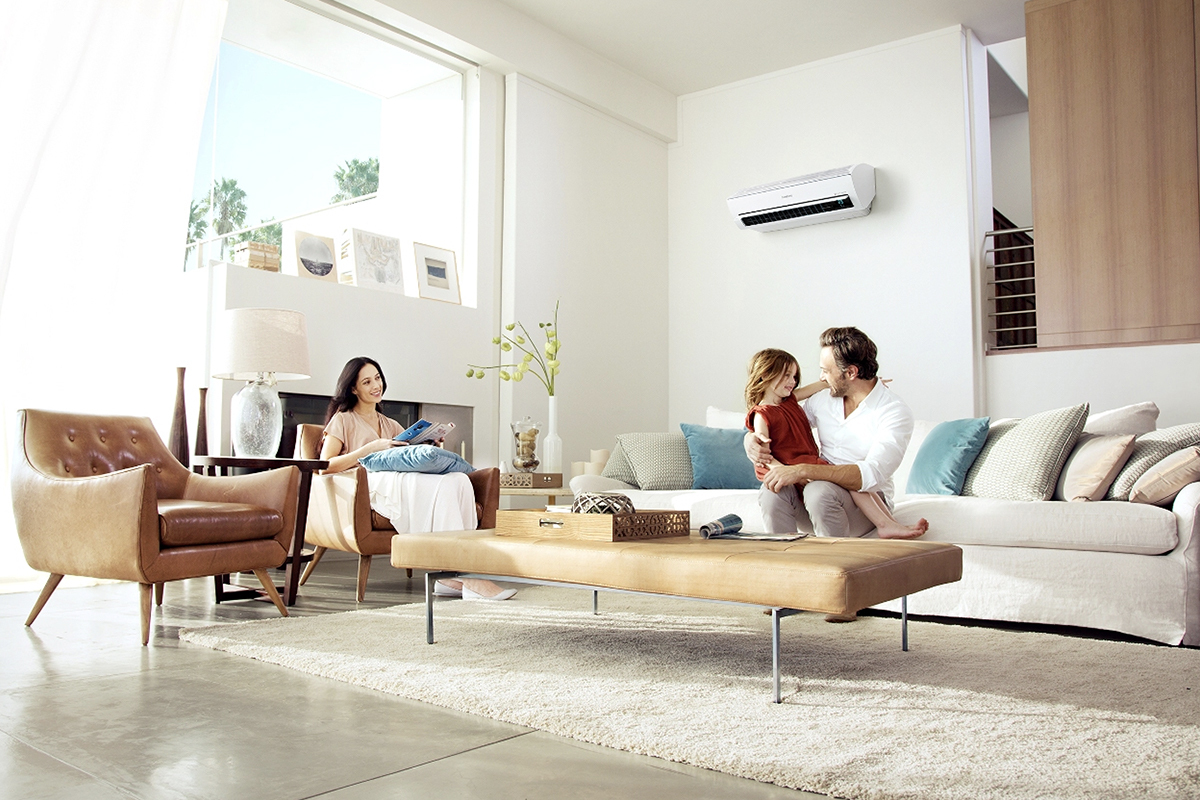
Air-Conditioning Buying Guide
View the Guide